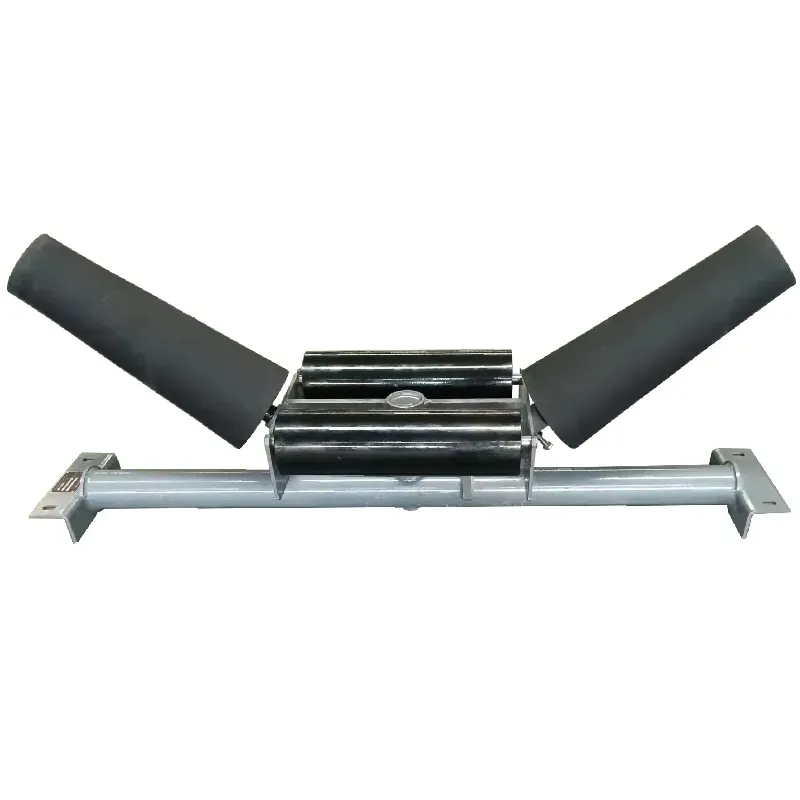 Afrikaans
Afrikaans  Albanian
Albanian  Amharic
Amharic  Arabic
Arabic  Armenian
Armenian  Azerbaijani
Azerbaijani  Basque
Basque  Belarusian
Belarusian  Bengali
Bengali  Bosnian
Bosnian  Bulgarian
Bulgarian  Catalan
Catalan  Cebuano
Cebuano  Corsican
Corsican  Croatian
Croatian  Czech
Czech  Danish
Danish  Dutch
Dutch  English
English  Esperanto
Esperanto  Estonian
Estonian  Finnish
Finnish  French
French  Frisian
Frisian  Galician
Galician  Georgian
Georgian  German
German  Greek
Greek  Gujarati
Gujarati  Haitian Creole
Haitian Creole  hausa
hausa  hawaiian
hawaiian  Hebrew
Hebrew  Hindi
Hindi  Miao
Miao  Hungarian
Hungarian  Icelandic
Icelandic  igbo
igbo  Indonesian
Indonesian  irish
irish  Italian
Italian  Japanese
Japanese  Javanese
Javanese  Kannada
Kannada  kazakh
kazakh  Khmer
Khmer  Rwandese
Rwandese  Korean
Korean  Kurdish
Kurdish  Kyrgyz
Kyrgyz  Lao
Lao  Latin
Latin  Latvian
Latvian  Lithuanian
Lithuanian  Luxembourgish
Luxembourgish  Macedonian
Macedonian  Malgashi
Malgashi  Malay
Malay  Malayalam
Malayalam  Maltese
Maltese  Maori
Maori  Marathi
Marathi  Mongolian
Mongolian  Myanmar
Myanmar  Nepali
Nepali  Norwegian
Norwegian  Norwegian
Norwegian  Occitan
Occitan  Pashto
Pashto  Persian
Persian  Polish
Polish  Portuguese
Portuguese  Punjabi
Punjabi  Romanian
Romanian  Russian
Russian  Samoan
Samoan  Scottish Gaelic
Scottish Gaelic  Serbian
Serbian  Sesotho
Sesotho  Shona
Shona  Sindhi
Sindhi  Sinhala
Sinhala  Slovak
Slovak  Slovenian
Slovenian  Somali
Somali  Spanish
Spanish  Sundanese
Sundanese  Swahili
Swahili  Swedish
Swedish  Tagalog
Tagalog  Tajik
Tajik  Tamil
Tamil  Tatar
Tatar  Telugu
Telugu  Thai
Thai  Turkish
Turkish  Turkmen
Turkmen  Ukrainian
Ukrainian  Urdu
Urdu  Uighur
Uighur  Uzbek
Uzbek  Vietnamese
Vietnamese  Welsh
Welsh  Bantu
Bantu  Yiddish
Yiddish  Yoruba
Yoruba  Zulu
Zulu Key Elements That Make Up a Conveyor System for Efficient Material Handling
Components of a Conveyor System
Conveyor systems are essential in various industries, serving as a backbone for efficient material handling and movement. These systems can transport products or materials from one location to another, reducing manual labor and ensuring a smooth flow of operations. Understanding the components of a conveyor system is crucial for selecting, maintaining, and optimizing these systems. This article delves into the key components that make up a conveyor system, exploring their functions and significance.
1. Conveyor Belts
At the core of any conveyor system is the conveyor belt itself. Conveyor belts are loops of material that transport items from one point to another. These belts can be made from a variety of materials, including rubber, fabric, metal, and plastic, depending on the application requirements. The design of the conveyor belt can vary widely, with options such as flat belts, modular belts, or belt systems equipped with cleats or sidewalls for transporting items at an incline.
The choice of conveyor belt material is vital because it affects the system's durability, resistance to wear, and capacity to handle different weights and sizes of materials. The right belt will optimize efficiency, prevent product damage, and minimize maintenance needs.
2. Drive Mechanisms
Drive mechanisms provide the power necessary to move the conveyor belts. They typically consist of one or more electric motors connected to a series of gears or pulleys that propel the conveyor forward. Drive mechanisms can be placed at various points along the conveyor system, including at the head (front) or tail (back).
The selection of the drive mechanism depends on the conveyor type, the required speed, load capacity, and frequency of operation. For instance, heavy-duty systems may require more robust drives to handle increased weight loads, while lighter-duty systems might not need such powerful motors.
Rollers and idlers are another crucial component of conveyor systems, supporting the weight of the conveyor belt and the materials being transported. Rollers allow the belt to move smoothly and efficiently, reducing friction and wear. Idler rollers are positioned along the length of the conveyor to maintain the belt's tension and alignment.
There are various types of rollers, including drive rollers, return rollers, and impact rollers. Each type plays a specific role, whether it’s facilitating movement or absorbing the impact of materials being loaded onto the conveyor.
components of a conveyor system

4. Frame and Structure
The frame and structure of the conveyor system provide support and stability. Typically built from steel, aluminum, or other durable materials, the frame must be designed to withstand the load and operational conditions. The structure also includes support legs and cross members that maintain the belt's position and keep it aligned during operation.
The design of the frame varies depending on the application; for example, low-profile systems may utilize a compact frame, while large-scale operations might require a more robust construction to support heavier loads.
5. Sensors and Controls
Modern conveyor systems often incorporate advanced sensors and control systems to enhance automation, safety, and efficiency. Sensors can monitor the position of items on the conveyor, detect jams, and adjust speed accordingly. Control panels, which can be manually operated or integrated into broader factory automation systems, allow operators to monitor performance in real-time.
Having automated controls reduces reliance on manual oversight, allowing for smoother workflows and the capability to integrate with inventory management systems.
6. Safety Components
Safety is a paramount concern in any conveyor system. Various safety components, such as emergency stop buttons, safety guards, and light curtains, are integral for protecting workers and minimizing accidents. These safety features ensure that the conveyor system can be shut down quickly in emergencies and prevent access to areas that could pose risks.
Conclusion
In summary, conveyor systems comprise several critical components, each playing a vital role in ensuring efficiency, reliability, and safety in material handling processes. Understanding these components is essential for businesses looking to optimize their operations. By carefully selecting and maintaining conveyor system components, companies can improve productivity, reduce costs, and create a safer working environment. Whether used in manufacturing, distribution, or warehousing, the effectiveness of a conveyor system hinges on the seamless interaction of its various components.
-
Revolutionizing Conveyor Reliability with Advanced Rubber Lagging PulleysNewsJul.22,2025
-
Powering Precision and Durability with Expert Manufacturers of Conveyor ComponentsNewsJul.22,2025
-
Optimizing Conveyor Systems with Advanced Conveyor AccessoriesNewsJul.22,2025
-
Maximize Conveyor Efficiency with Quality Conveyor Idler PulleysNewsJul.22,2025
-
Future-Proof Your Conveyor System with High-Performance Polyurethane RollerNewsJul.22,2025
-
Driving Efficiency Forward with Quality Idlers and RollersNewsJul.22,2025





























